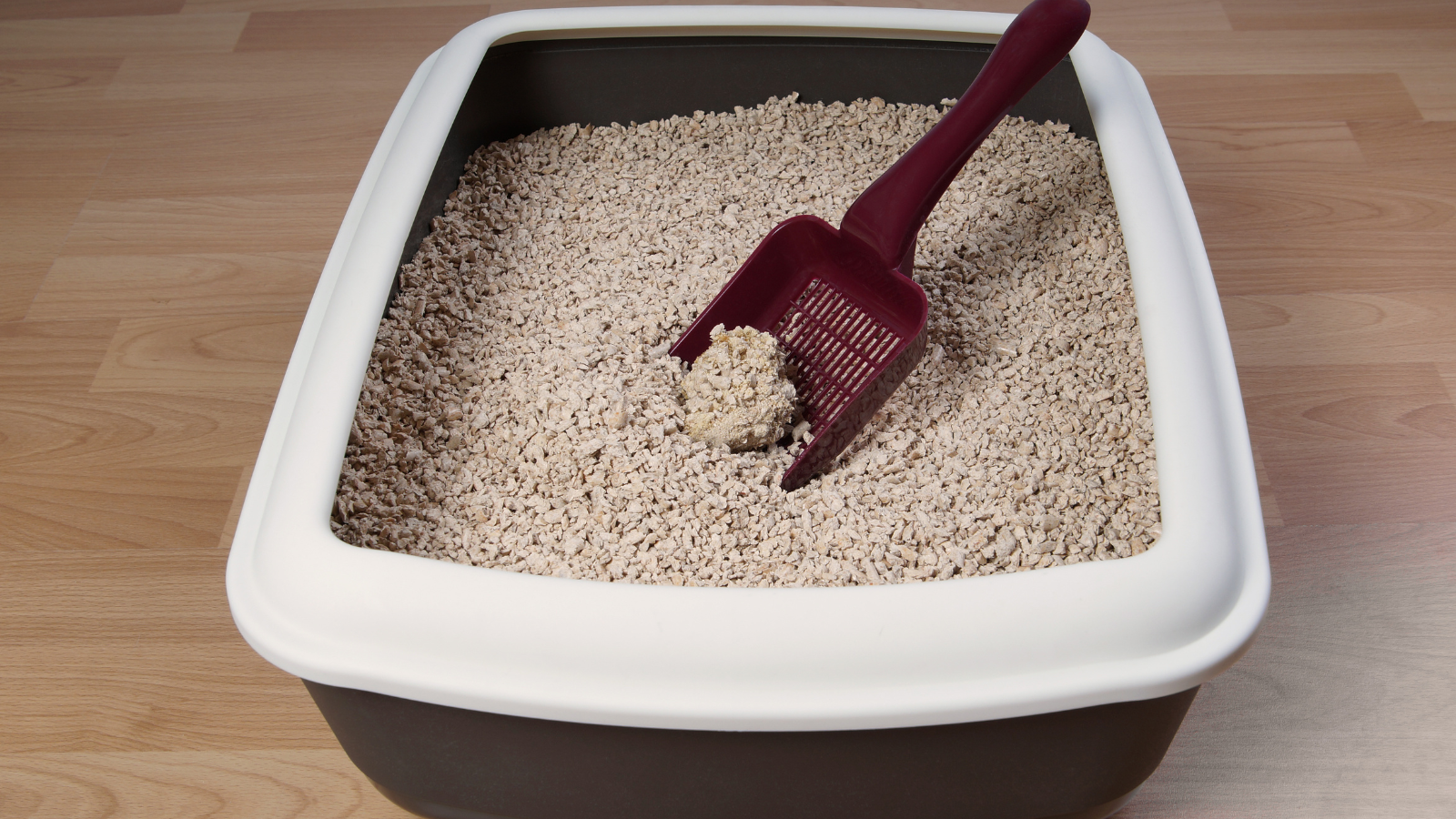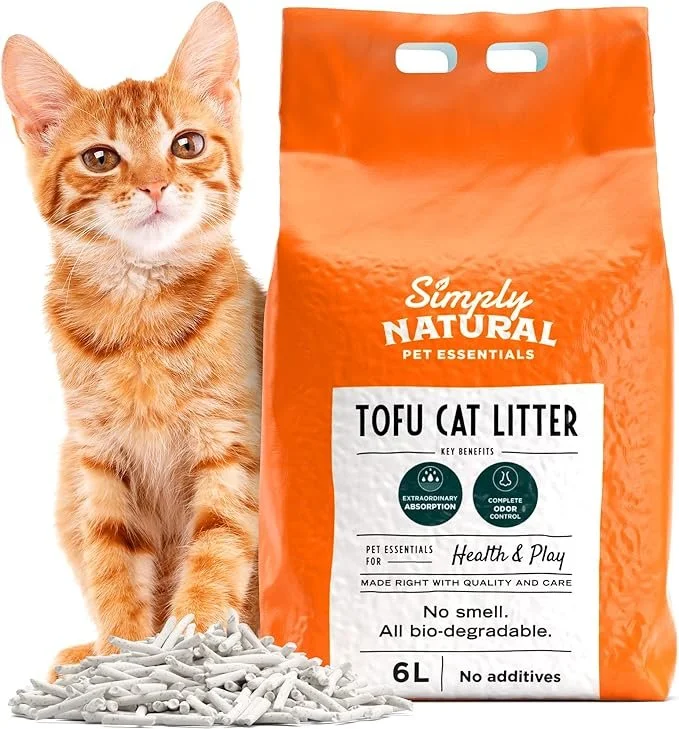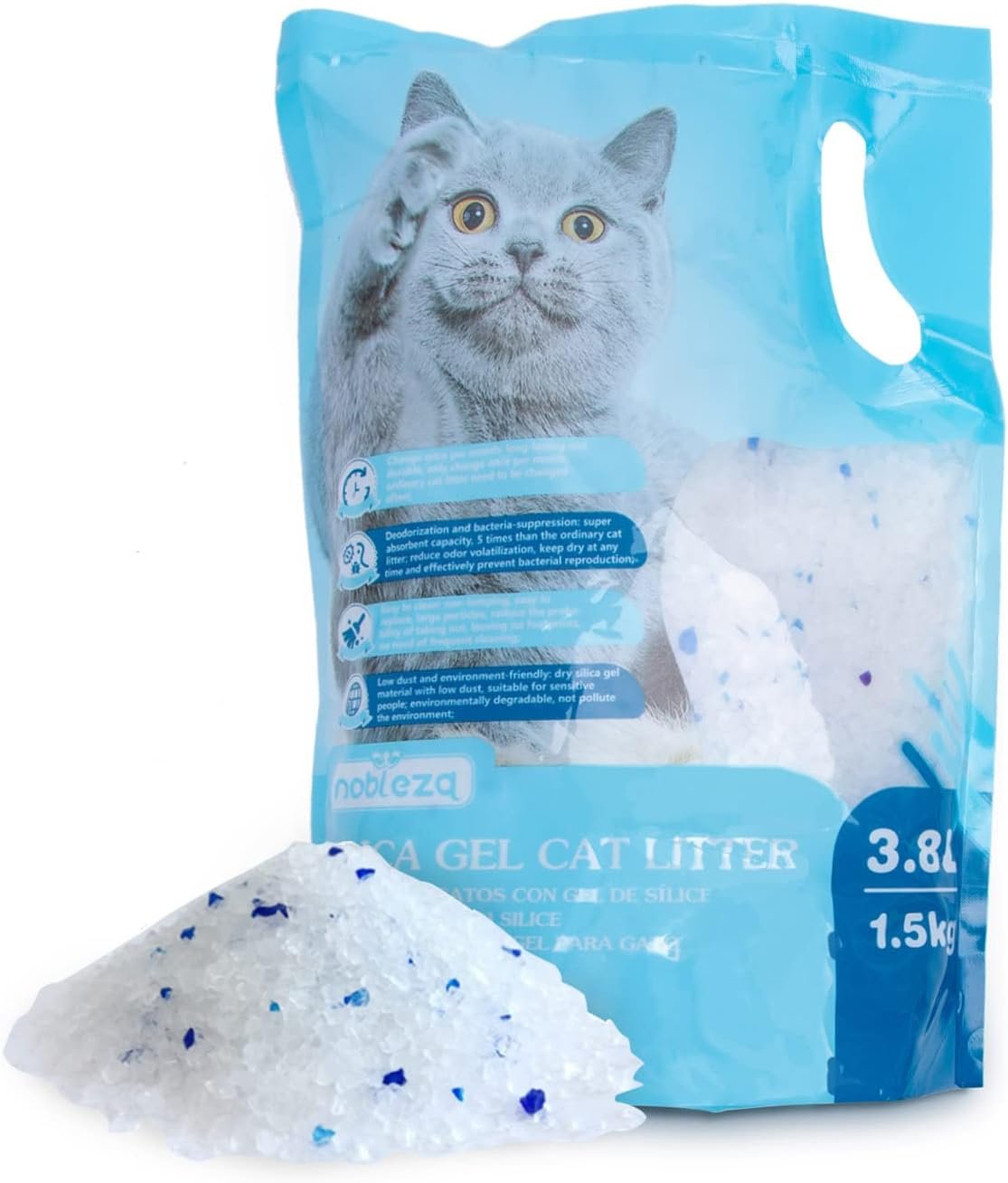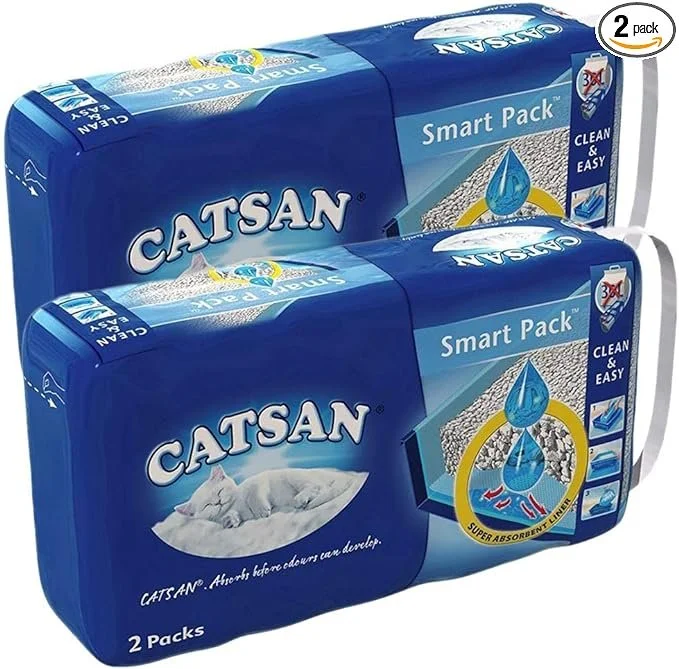Cat Slaves Essentials: How to Choose Cat Litter
First Published on 18/9/2023. Last updated on 10:27PM BST, 12/12/2024
It’s not about you… but whatever works for your meowsters
Having gone through a bit of nightmare finding the right cat litters for Barney (See my other blog post - “Choose you cat litter wisely” for full story), I understand that what works for us doesn't necessarily mean it's the best for our meowsters. There are so many different types of cat litter on the market, and different meowsters/cat slaves have different needs and preferences. It's more like a trial-and-error process in finding the right cat litter. I've tested a few before I was recommended by our vet to switch to soy-based cat litter and avoid paper-based cat litter at all costs. But it's just for my meowsters; I've seen other cats happily using different types of cat litters while I'm on my catsitting gig. After all, it's a game of 'whatever works.' You just have to do a bit of research and look for the cat litters that sound the best for your meowsters and yourselves, and see if your cat bosses are happy with the litters. My only advice is to always try first before you buy multiple bags for a bundle discount!
So, there are two main categories of cat litters: Clumping and non-clumping, and there are different types of cat litters within each category. It’s relatively easy to switch from one type of cat litter to another, but changing from clumping to non-clumping, or vice versa, might be a bit more tricky; sometimes it might mean you have to change your litter trays as well!
I’ve put together a quick guide on different types of cat litters for your quick reference. Some I’ve tried on my meowsters, or used on other cats when I catsit, while others are based on my own research. I hope this helps you a bit in your search for the right cat litter for your cat bosses!
Clumping Cat Litter:
Composition: Clumping cat litter is typically made from materials like clay (usually sodium bentonite) or natural alternatives like soy, corn or wheat. These litters have absorbent properties.
How it Works: When a cat urinates in clumping cat litter, the litter absorbs the moisture and forms tight, solid clumps, aka pee clumps, around the wet areas. These clumps are easy to identify as they become hard and can be scooped out along with the solid waste.
Advantages:
Effective Odour Control: Clumping litters are efficient at trapping and neutralizing odors due to the clumps.
Easy Waste Removal: Scooping out clumps makes daily maintenance simple. Pee clumps are usually toilet-flushable as well.
Longer Lasting: Since only soiled clumps are removed, the litter can last longer between complete changes.
Disadvantages:
Dust: Some clumping litters can produce dust when poured or scooped.
Tracking: Clumping litters can be more prone to tracking, with litter particles getting carried outside the box on your cat's paws.
Non-clumping cat litter: Scoop out the pee clumps and flush them down the toilet - easy peasy!
Non-Clumping Cat Litter:
Composition: Non-clumping cat litter is commonly made from materials like clay, silica gel, or natural options such as recycled paper or wood pellets.
How it Works: Non-clumping litter absorbs moisture but does not form solid clumps. Instead, it retains the moisture within the litter itself.
Advantages:
Low Dust: Non-clumping litters usually produce less dust during use.
No Clumping Mess: These litters don't form clumps, so there's no risk of accidentally breaking apart clumps during scooping.
Less Tracking: Non-clumping litters may be less likely to track litter particles outside the box.
Disadvantages:
Less Effective Odour Control: Non-clumping litters may not be as effective at controlling odours since they don't trap moisture in tight clumps.
Frequent Changes: You'll need to replace the entire box more frequently as there's no scooping of clumps.
Waste Removal: Removing waste from non-clumping litter can be messier and require more effort compared to clumping litter.
Non-clumping cat litters helps to reduce tracking - less litter is brought out of the litter trays by your meowsters…
I'd recommend clumping cat litters for multiple meowster households – less hassle in cleaning litter trays (assuming you are following the N+1 rule for the number of litter trays) and more time for kisses and cuddles.
Below are some recommendations of litters that I've personally used for your consideration (affiliate links included).
[Clumping] The one I'm currently using for my meowsters is excellent at controlling odors, forms clumps quickly, and produces minimal dust. It offers great value for money, although it does lead to some tracking issues (which means more hoovering! 😄)
[Clumping] The first soy-based cat litter I tried after we moved to the UK. It’s excellent at everything - however, it’s quite costly considering I have to fill 3 litter trays in our place.
[Non-clumping] I’ve used this silica cat litter in 2 of the places I cat-sit for. It’s said to be unscented but you can definitely smell some refreshing scented coming from the silica gel. That’s not an unpleasant smell and it does help with masking the odour. However, I’d expect my meowsters who my more sensitive to smell might not be too happy with it. But the cats I cat-sit for are completely fine with it.
[Non-clumping] This might be the best solution for cat slaves who lead busy lives and have only one meowster at home. You can simply open the smart pack and line the litter tray with the absorbent cat litter. When it's time to change the litter, just pick up the whole litter bag for a completely mess-free experience. Each bag holds about 15 liters and can probably last for a week or two.








